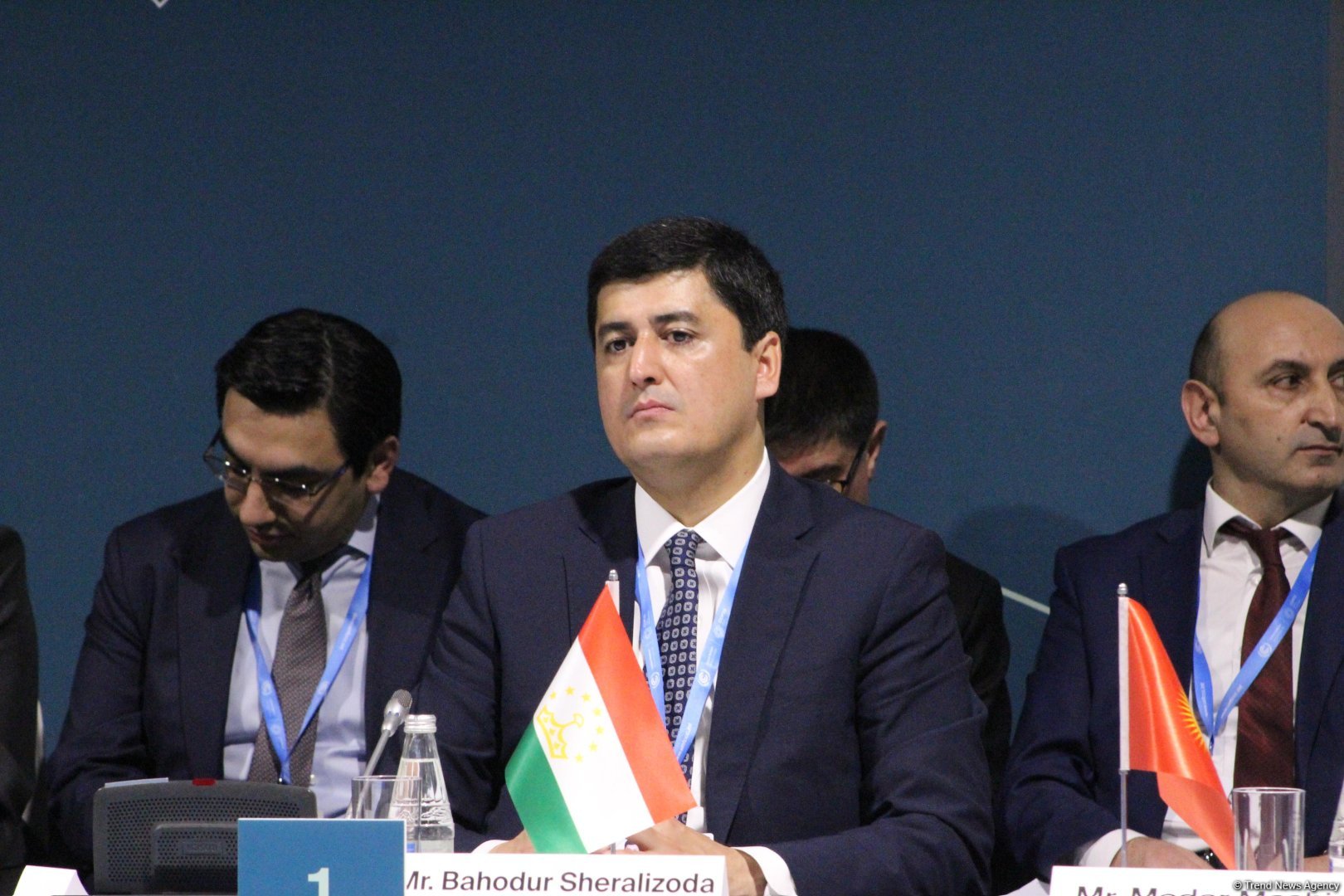BAKU, Azerbaijan, November 14. Up to one-third of glaciers in Central Asia may disappear by 2050, the Chairman of the Committee on Environmental Protection under the Government of Tajikistan Bahodur Sheralizoda said at a panel discussion on “Glacial Melting in Central and West Asia through Glaciers to Farms (G2F): Climate Change and Regional Cooperation and Central Asia Regional Economic Cooperation,” Trend reports.
"Tajikistan supports the regional initiative from Glaciers to Farms (G2F), recognizing its important role in preserving the source of life in Central Asia," the committee chairman said.
According to him, with more than 10,000 glaciers on its territory, Tajikistan provides 60 percent of Central Asia's water resources. The rapid melting of these glaciers poses an urgent and serious threat to the region's water, food, and energy security. Over the past few decades, more than 1,000 glaciers in Tajikistan have completely disappeared.
“We recognize that glacier risk assessment is an important framework that provides the scientific data needed to fully understand the impacts of climate change on our glaciers and water resources. The G2F initiative addresses the region's most pressing challenges. There is an urgent need to implement adaptation and resilience measures through targeted investments that will protect water resources, human life and well-being, and critical infrastructure,” said the committee chair.
He added that Tajikistan's leading role in this global challenge gives the region a meaningful voice. These key initiatives reaffirm Tajikistan's commitment to preserving glaciers as the main source of fresh water for the entire Central Asian region and combating climate change.
To note, the 29th session of the Conference of the Parties to the United Nations Framework Convention on Climate Change (COP29) started in Baku on November 11. The United Nations Framework Convention on Climate Change is an agreement signed at the Earth Summit in Rio de Janeiro in June 1992 to prevent dangerous human interference in the climate system.
A total of 198 countries are Parties to the Convention. Unless the parties decide otherwise, the COP is held annually. The first COP event took place in March 1995 in Berlin, and its secretariat is located in Bonn.
The main expectation from COP29 is to agree on a fair and ambitious New Collective Quantitative Goal (NCQG) on climate finance. The COP29 chairmanship has launched 14 initiatives that include linkages between climate action and the Sustainable Development Goals, including green energy corridors, green energy storage, harmony for climate resilience, clean hydrogen, methane reduction in organic waste, action on green digital technologies, and other topics.
Stay up-to-date with more news on Trend News Agency's WhatsApp channel







